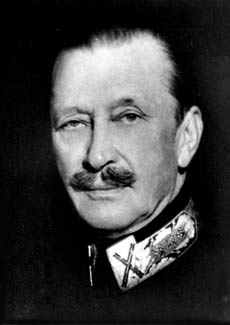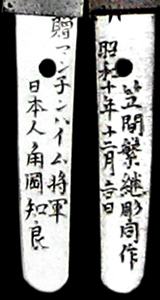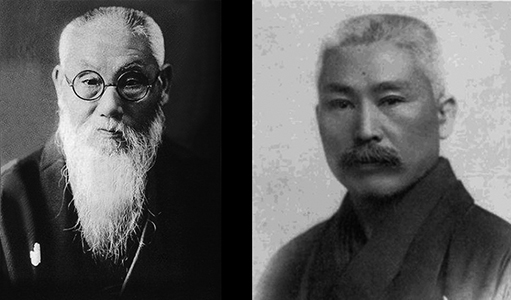
Marshal of Finland Carl Gustav Emil Mannerheim

 |
Mei: Presentation General Mannerheim Japanese Tomoyoshi Sumioka Ura Mei: Kasama Sigetsugu Engraving is also the same December, 1935 lucky day ← It is engraving of "Loyalty and filial piety" on a blade. |
 |
|
 |
Saya-gaki: "A violent soul"→ Saya-gaki: by Ryohei Uchida the chairman of "Kokuryukai" |
||


| ← Two officers Table of contents | The visit-to-Japan Hitler Jugend
→ |